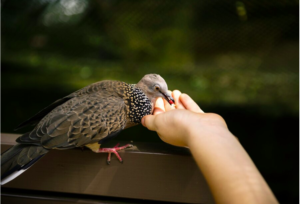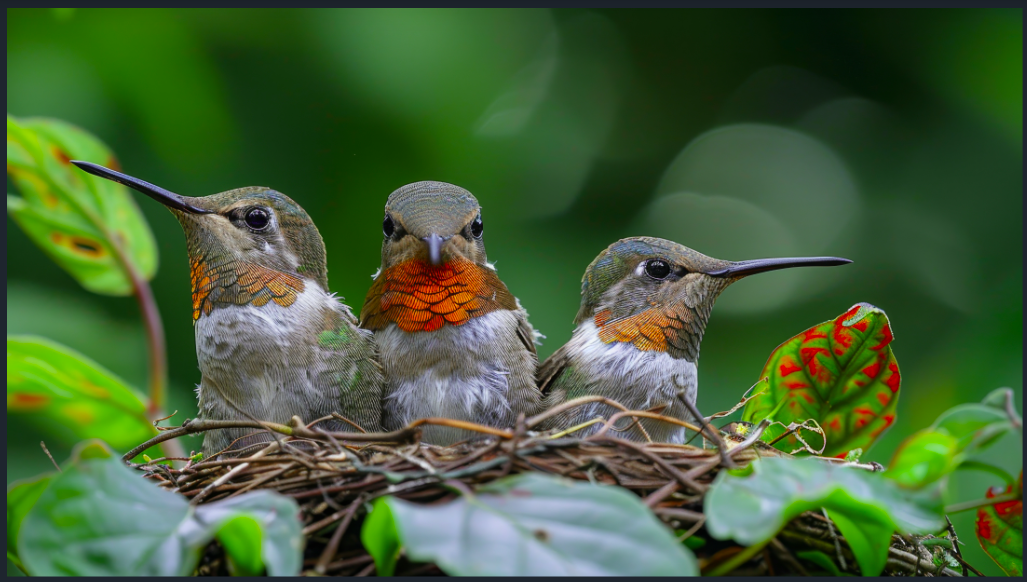Introduction
7 unique ways birds communicate with each other. Birds are charming creatures, no longer simply because of their capacity to bounce thru the skies, but additionally due to their difficult verbal exchange structures.
Whilst lots of us are familiar with birdsong, avian communique extends some distance past easy melodies. In this text, we delve into the seven specific methods birds talk with every other, exploring the complexity and splendor of their interactions.
1. Vocalizations: The Artwork of Birdsong
Birdsong is perhaps the most recognizable shape of avian conversation. Birds use a huge range of vocalizations, from melodious tunes to harsh calls, each serving a specific purpose. those vocalizations can be labeled into songs and calls.
Songs
Birds commonly use songs throughout the breeding season to draw buddies and set up territory. every species has its personal particular track, that can vary among people and areas, creating a wealthy tapestry of sound. Male birds frequently show off their making a song prowess to illustrate their fitness to ability associates.
Calls
In contrast to songs, calls are commonly shorter and serve diverse features along with alerting others to predators, signaling distress, or coordinating group sports. as an example, chickadees use a sophisticated system of alarm calls to indicate the presence and kind of predator, presenting crucial information to their flock participants.
2. Visible Displays: The Dance Of Attraction And Warning

Birds frequently rely upon visible signals to communicate. These signals can encompass frame postures, moves, or even adjustments in plumage.
Courtship displays
In the course of mating season, many fowl species engage in problematic courtship presentations. Peacocks, for example, fan out their colorful tail feathers and perform complicated dances to woo females. those displays not simplest show off the male’s fitness and energy but also help give a boost to pair bonds.
Aggressive shows
Birds additionally use visible indicators to say dominance or deter intruders. An example is the purple-winged blackbird, which flares its red shoulder patches and adopts a threatening posture to defend its territory from rivals.
3. Chemical Conversation: Scent And Smell
While not as chemical communication plays a essential position in avian interactions. some birds produce and discover pheromones to convey statistics about their reproductive popularity or mark their territory.
Preening And Heady Scent Glands
Species consisting of petrels and penguins have specialized scent glands that produce oils with particular odors. these scents help people understand every different, specially in dense colonies where visible and vocal indicators might be less powerful.
Nest Marking
Certain birds use chemical cues to mark their nests, making sure they can without problems find their home amongst many similar arching websites. That is particularly useful in species like pigeons and swallows.
4. Tactile Communication: The Language Of Touch

Physical contact is some other critical mode of communication amongst birds. Tactile interactions regularly arise throughout social bonding and nurturing behaviors.
Allopreening
Allopreening, or mutual preening, is a common behavior where birds smooth every other’s feathers. This act now not handiest allows hold plumage however also reinforces social bonds within pairs or groups. Parrots and ravens are recognized to have interaction in allopreening as a sign of affection and trust.
Feeding Chicks
Figure birds use tactile signals to talk with their chicks. for instance, woodpecker parents tap on the nest hollow space to spark off their chicks to open their beaks for feeding. This form of communique ensures efficient food transport and strengthens the discern-offspring bond.
5. Environmental Interplay: Using Habitat For Verbal Exchange
Birds regularly have interaction with their environment to make bigger or modify their indicators. This form of conversation is especially obvious in species that inhabit dense forests or noisy environments.
Drumming
Positive fowl species, which includes woodpeckers, use drumming as a form of conversation. Through rapidly pecking on resonant surfaces like tree trunks or metallic items, they produce loud, rhythmic sounds that may be heard over long distances. Drumming serves to set up territory and entice mates.
Leaf Manipulation
Bowerbirds are famous for developing intricate systems embellished with colorful gadgets to attract females. Those displays are not best visually attractive however additionally demonstrate the male’s ability to control the environment creatively, signaling his suitability as a mate.
6. Mimicry: The Artwork Of Imitation
A few birds have evolved the superb potential to imitate sounds from their environment, including the calls of other species and even human made noises. Mimicry serves numerous purposes, from difficult predators to improving social interactions.
Lyrebirds
The superb lyrebird of Australia is famed for its outstanding mimicry competencies. Males can imitate the calls of other bird species, as well as synthetic appears like digital camera shutters and chainsaws. This capability not most effective impresses ladies however additionally deters capability competitors.
Mockingbirds
Northern mockingbirds are adept at mimicking a extensive variety of sounds. By using incorporating unique calls into their repertoire, they could efficaciously talk with more than one species and adapt to converting environments.
7. Learned Behaviors: Cultural Transmission In Birds
Birds are able to gaining knowledge of and transmitting behaviors inside their communities, leading to the development of awesome cultural trends. This cultural transmission performs a important role inside the survival and flexibility of chicken populations.
Tune Studying
In many songbird species, juveniles research their songs through taking note of grownup males. This method, known as song learning, involves memorization and exercise, ensuing in nearby dialects. Zebra finches are a top example, with younger males mimicking the songs of their fathers and neighbors.
Foraging Strategies
Birds also research modern foraging strategies from every different. As an instance, splendid tits inside the uk have been found commencing milk bottles to get admission to cream, a conduct that spread swiftly through social studying.
7 Unique Ways Birds Communicate With Each Other
Fowl conversation is a multifaceted and dynamic discipline, showcasing the superb adaptability and intelligence of these avian creatures.
From the melodic complexity of birdsong to the subtlety of chemical indicators, birds employ a rich array of techniques to interact with every different and their surroundings.
Information those conversation strategies no longer simplest deepens our appreciation for birdlife but additionally underscores the tricky connections within natural ecosystems.
